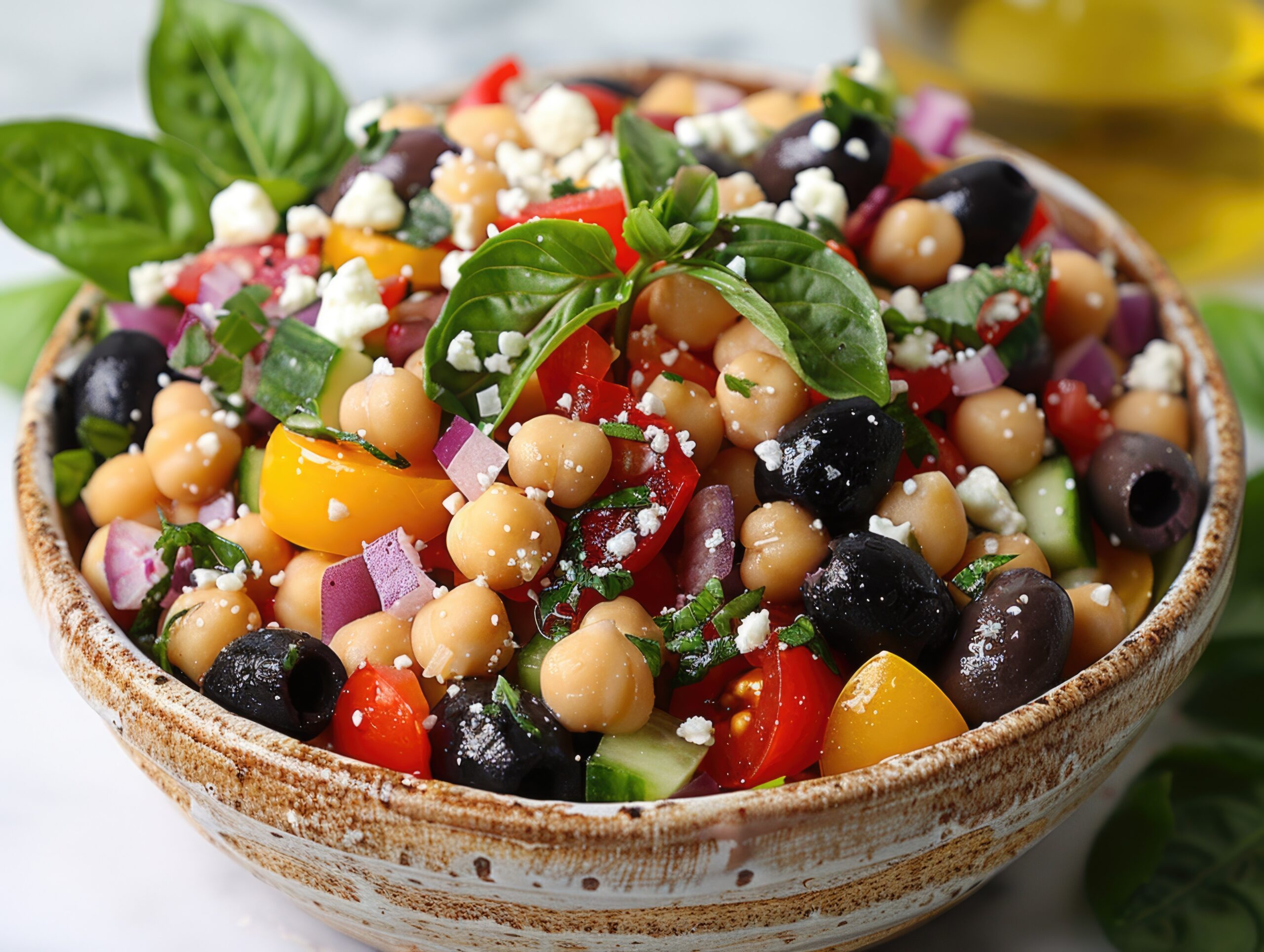
Heart Healthy Eating on a Budget – Plus Bonus Recipe
February marks American Heart Month, dedicated to prioritizing your health against heart disease, the leading cause of death in the United States. Data reveals that one out of every three fatalities is linked to heart disease, and only one in four Americans managing high blood pressure have it under control. Various factors, such as diabetes, being overweight, an unhealthy diet, lack of physical activity, tobacco consumption, and excessive alcohol intake, can elevate your susceptibility to heart disease.
The Ten Ways to Improve Your Heart Health
From the American Heart Association, heart.org
- Balance calories with physical activity.
- Reach for a variety of fruits and vegetables.
- Choose whole grains.
- Include healthy protein sources, mostly plants and seafood.
- Use liquid non-tropical plant oils.
- Choose minimally processed foods.
- Subtract added sugars
- Cut down on salt.
- Limit alcohol.
- Do all of this wherever you eat!
How can you eat smart for your heart without breaking the bank?
- Plan ahead. Decide what meals you want to have for the week and make a shopping list. Do an inventory of what you already have before shopping, so you don’t buy more than what you need. Consider making extra when you make a casserole, soup, or pasta sauce and stash some away in the freezer for future meals.
- Buy in season produce as much as possible and shop the sales to get the best price. When buying produce, it’s more cost effective to buy bags than to buy individual pieces by weight, whether you’re buying potatoes, apples, onions, lemons, oranges, etc.
- Use the generic and store brands when you can to save money. If you are watching your sodium intake, you can rinse canned foods with water to reduce about 40% of their sodium content.
Stock up on frozen fruits and vegetables which are picked at their peak ripeness and maintain their nutritional content well. When you have them on hand, you will be more likely to add them to meals to boost your fruit and vegetable intake, and you can take out only the amount you want to use. - Buy more whole foods versus individually packaged foods that are more costly. Then, portion food into smaller bags or reusable containers yourself and save. You can also save money buying family packages of meats/poultry and dividing into smaller portions and packaging in freezer-safe bags or containers.
- Try more plant-based proteins like canned tuna, salmon, and chicken; eggs; nuts, seeds, and nut butters; and canned and dried beans and legumes. They are inexpensive, easy to use, and very nutritious.
Try this recipe heart healthy recipe. It’s easy and freezes well for a make-ahead breakfast.
Egg Bites
Adapted from theeastcoastkitchen.com
Ingredients
- 9 eggs
- ½ cup low-fat cottage cheese
- ½ cup shredded cheddar cheese (or other cheese of choice like feta)
- ¼-½ teaspoon salt
- ¼ teaspoon pepper
- ½ cup spinach (fresh or frozen, thawed)
- 1 medium tomato, diced
Note: You can try other mix-ins like chopped onion, red pepper, different seasonings, etc
Instructions
- Preheat oven to 300°. Place a cake pan filled halfway with water on a lower oven rack to create a humid environment in your oven. Spray your muffin tin with cooking spray.
- Add the eggs, cottage cheese, shredded cheese, salt, pepper, and spinach to a blender or food processor and mix just until smooth on medium speed, but do not overmix. This may incorporate too much air and your egg bites may fall.
- Pour the egg mixture into the muffin cups to fill up about halfway. Divide the chopped tomato among the 12 muffin cups.
- Place the muffin tin in the oven and cook for 30-32 minutes until the egg bites are set.
- Remove from oven and enjoy.
- To freeze, let cool completely before storing in freezer-safe container.
Note: A silicone muffin tin works best for easier egg bite removal.



